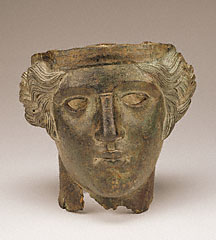The Lost-Wax Casting Technique
|
Lost-wax casting has been used to create metal sculptures since ancient times. A sculpture is molded in wax, which is then melted away and replaced by molten metal. The steps in the process are explained here with illustrations of the Roman bronze Apollo as an Archer. | |||||||||
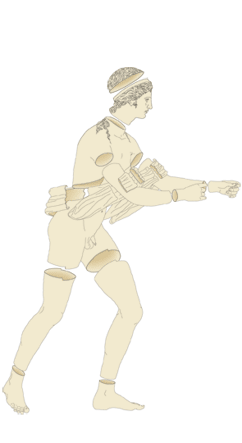
|
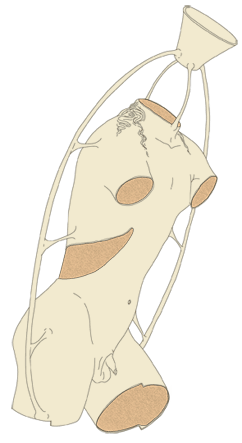
|
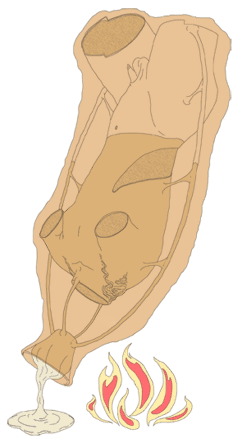
|
|||||||
1. Molds from a preliminary version of the statue in clay were used to create a hollow working model in wax. Once the details were completed, the wax model was disassembled into pieces to facilitate casting in bronze. |
2. Wax rods were attached to the exterior of each wax piece, and the interior was packed with clay. |
3. The assemblage was encased in clay, and the wax was melted out. |
|||||||
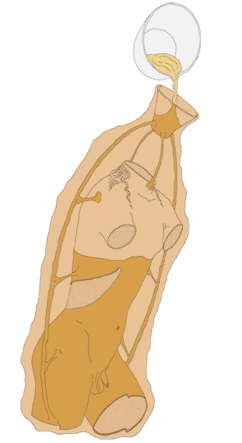
|
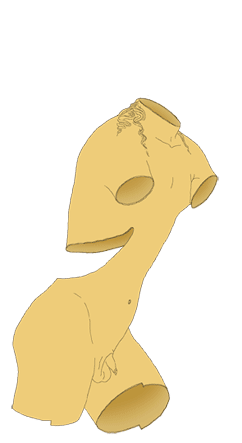
|
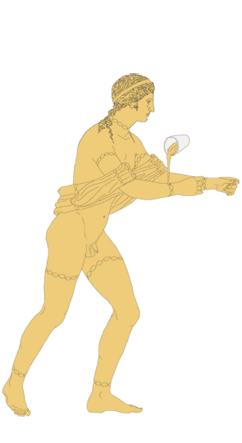
|
|||||||
4. The hollows left by the wax rods served as channels through which molten bronze was poured. |
5. After cooling, the clay was removed from the exterior and the interior to reveal the cast bronze. |
6. The bronze parts were joined together by fusion welding—heating the edges of the pieces and using more molten bronze to unite them. |
|||||||
|
|||||||||
